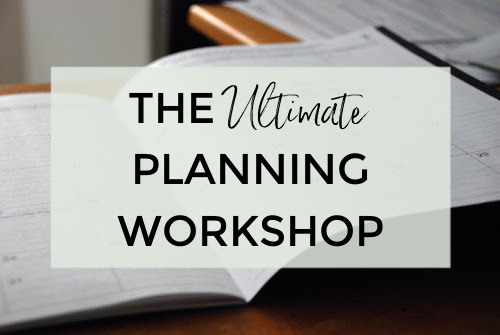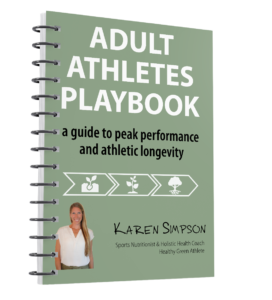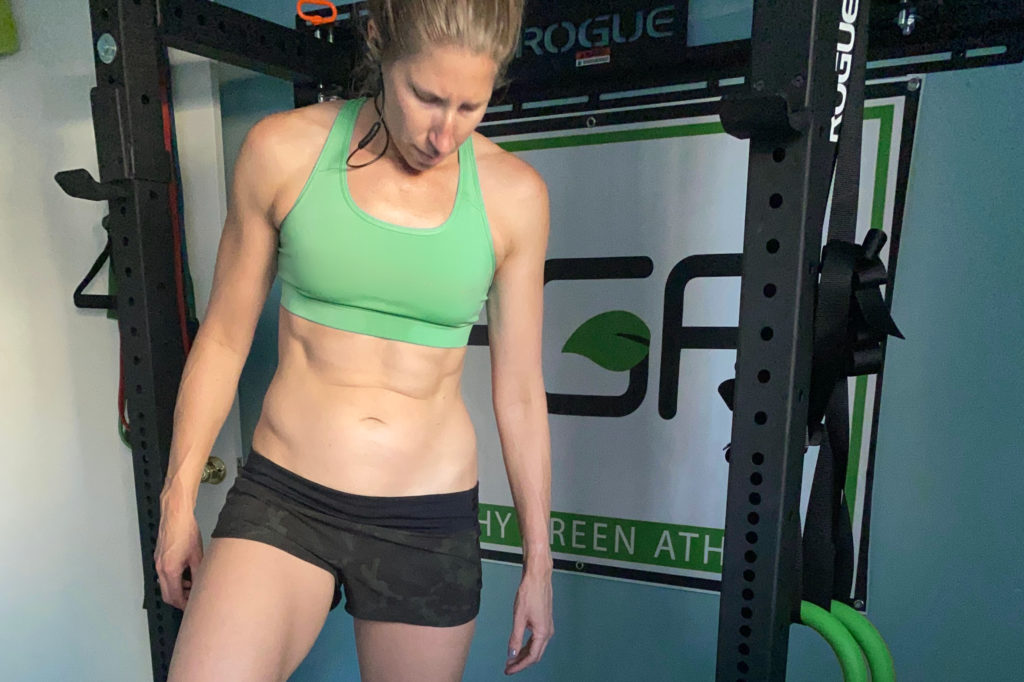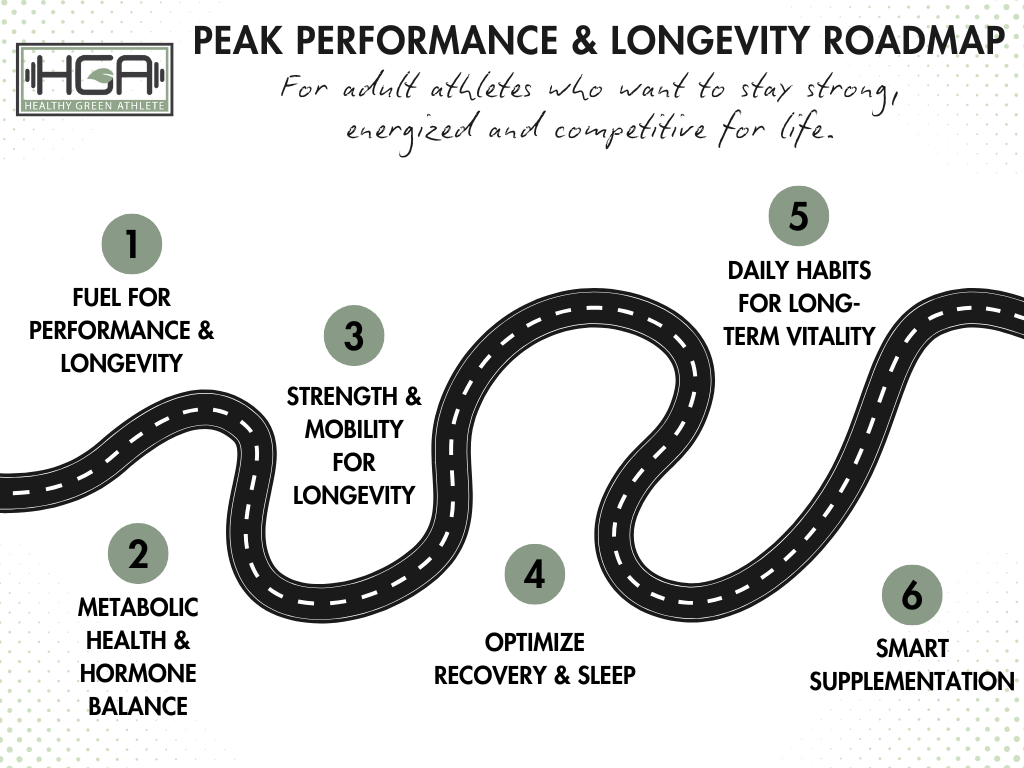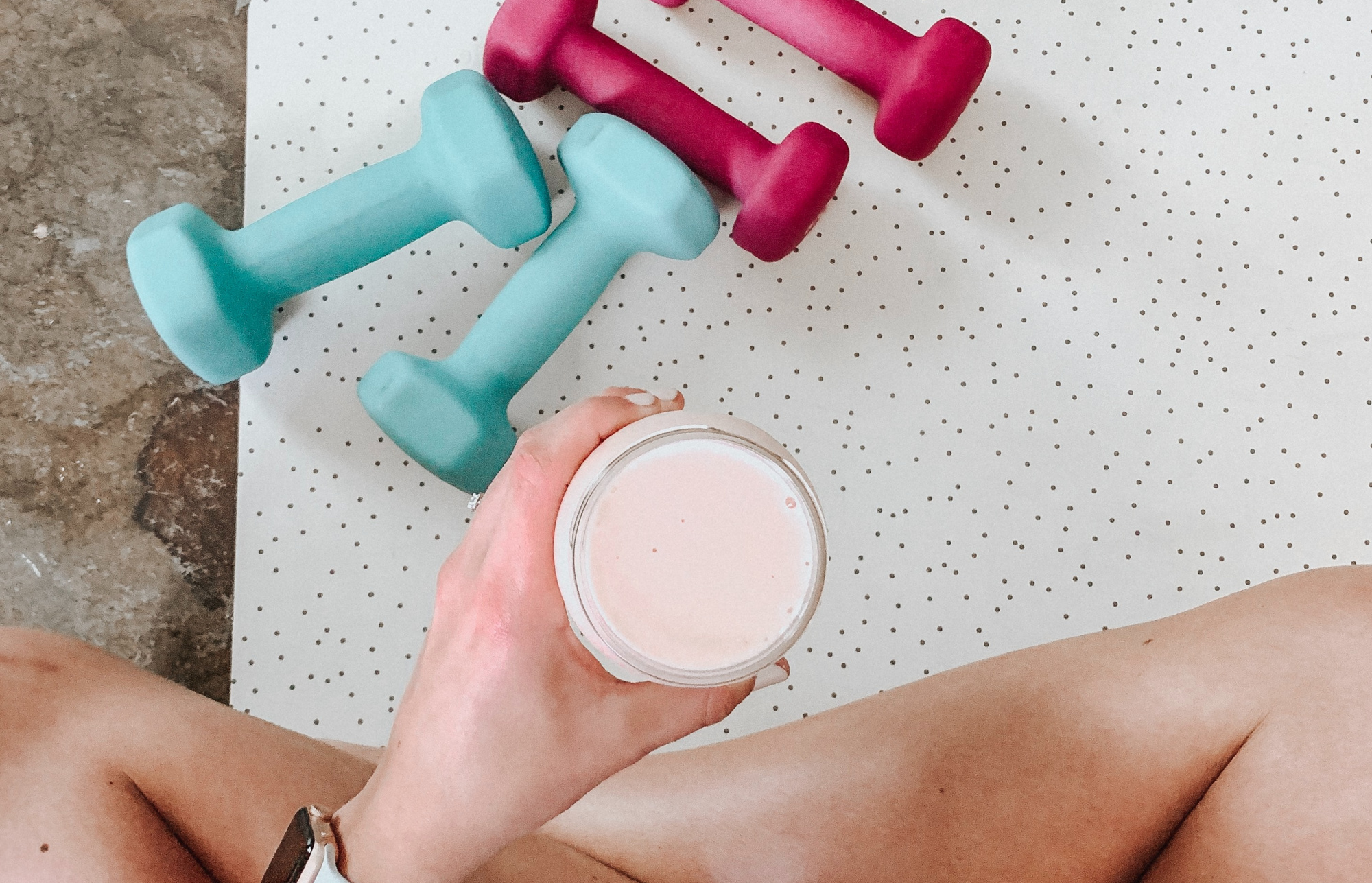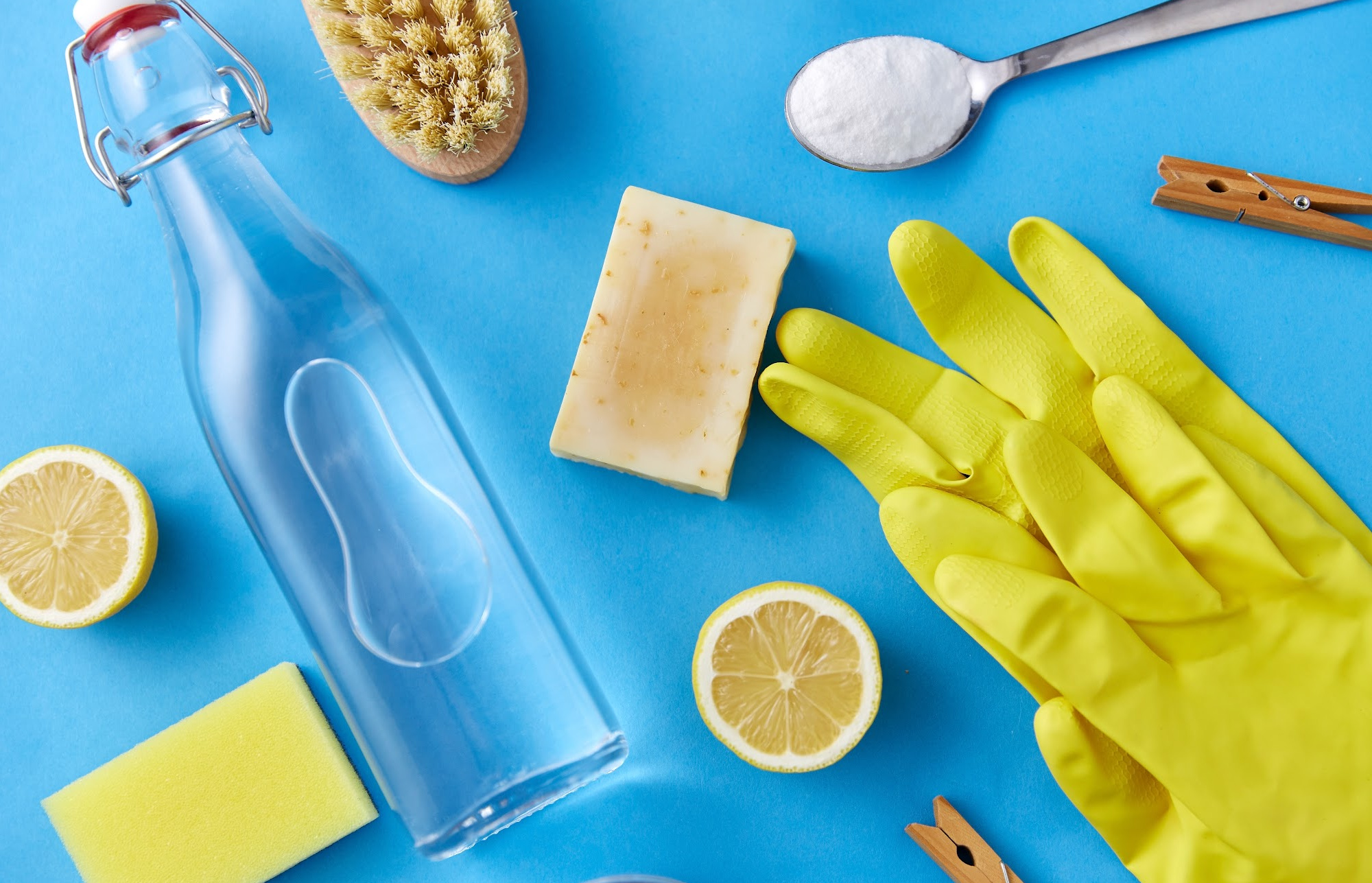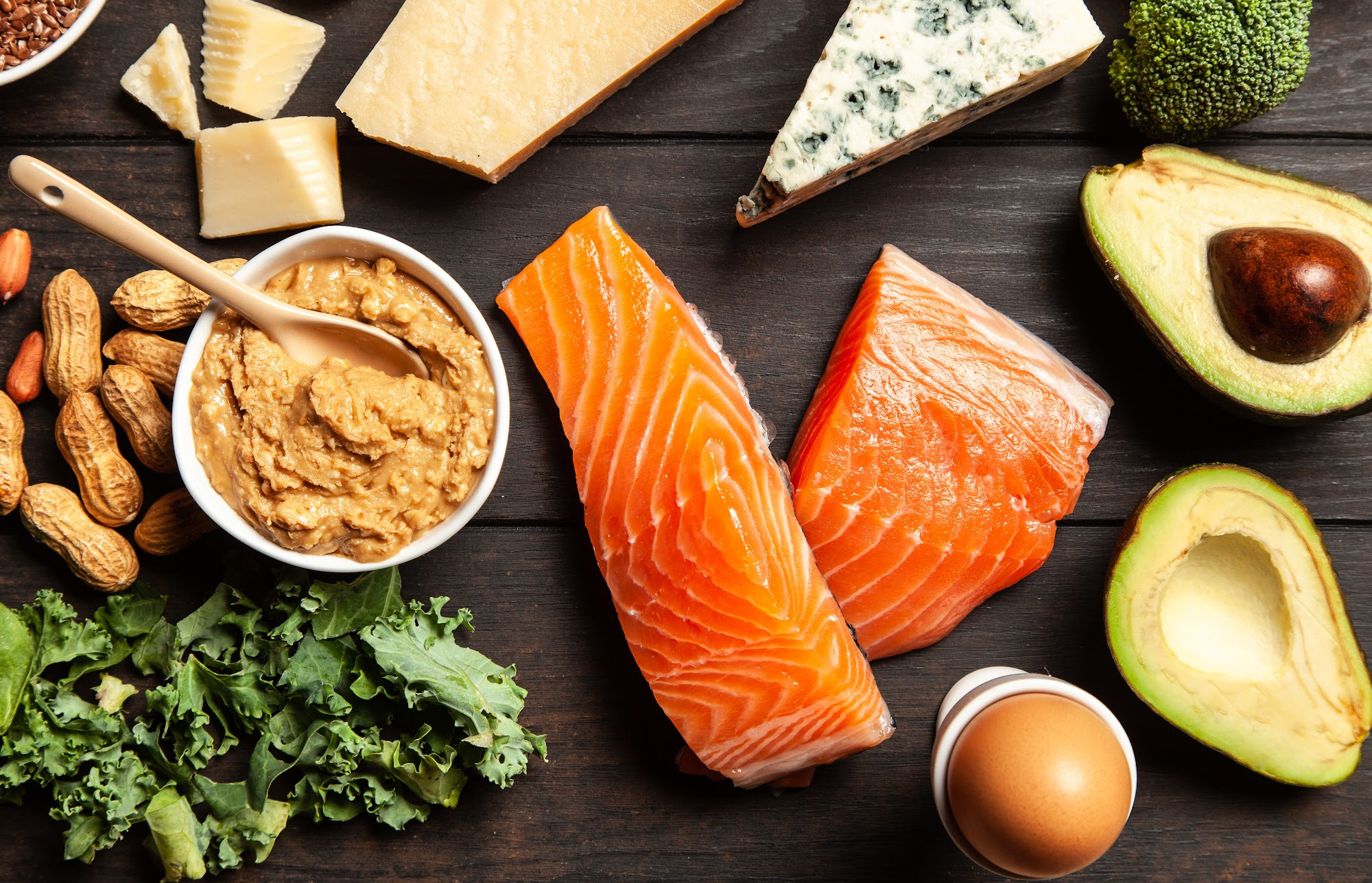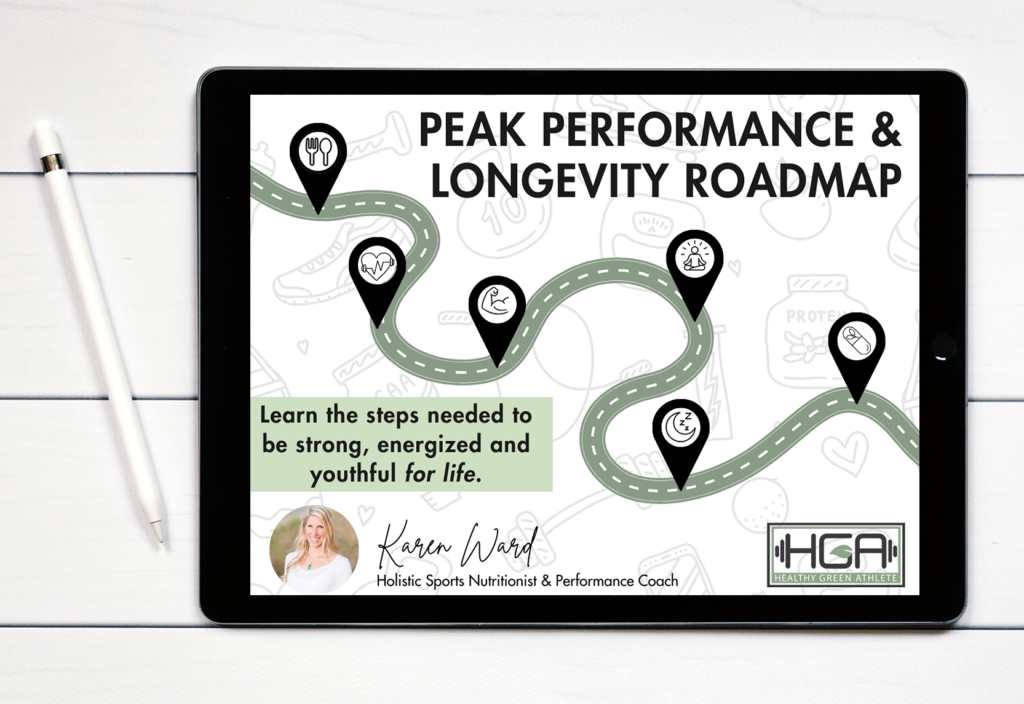Want to know how to make or break habits. Well, then you definitely need to know the science of habits. Knowing the science of habits is where the battle begins between you and your habits. So let’s get started right away.
Habits are defined as regularly repeated behaviour that requires little or no thought. Habits are learned through reinforcement and repetition rather than innate or instinctual.
It is estimated that 45-50% of every action we take in a single day is the result of being on auto-pilot. We all have habits and routines and do things without even thinking about them. Examples of this automation include the order in which we wash ourselves in the shower, the route we take to work, how we do our laundry, how we drive our car, and so on. Many of us don’t have to think about putting on our seat belt or turning on the car because those are automatic habits.
Also Read: Two Secrets of Successful Habit Change
Since habits are learned through repetition and practice, it’s possible to change them. If you understand the science of habits. It’s a lot easier to incorporate new habits, break bad habits and upgrade current routines.
Habit research is nothing new. Scientists have been studying habitual actions since the late 1800’s with Ivan Pavlov and his dog drool experiment.
For those who didn’t take Psych 101, this Pavlov guy accidentally founded the science of habits when he was trying to study measured how much a dog would drool in response to seeing food. He originally wanted to learn more about saliva and how it aids in digestion, but what he learned would win him a Nobel Prize in 1904.
Pavlov experimented with ways to get dogs to exhibit a specific response (drooling) without the original stimulus (food) present.
One of his famous experiments involved giving showing the dog a bowl of food and at the same time ringing a bell. As predicted, the dog would drool at the sight of food but Pavlov found that the dog’s response would be conditioned so that it would drool just by merely hearing the sound of the bell.
Speaking of drooling, I can’t remember the last time I ate them but whenever the thought of Sour Patch Kids crosses my mind, my salivary glands immediately go into over drive.
Our brains prefer automation and are wired to make the easy choice. This is likely why it takes an average of 66 days to form a habit but can take up to 254 days to break one. Our brains literally get wired to do something a certain way, and the more often we do it, the more automatic it becomes.
Also Read: Top 10 Daily Habits to Develop a Growth Mindset
This preference for our brains to choose the easy path is also why 81 – 92% of New Year’s Resolutions fail. It’s so easy for you to fall back into the same old routine and habits.
Since Pavlov’s experiments with drooling dogs, many scientists have identified the exact process by which a habit is formed. We first need a cue or a trigger that gives the brain information on what to do next. Then comes the action itself. The last step of the habit process is the reward.
There was a time in my life when I was completely addicted to Double Stuffed Oreos. I’ve never done crack but I’m guessing that Oreos are basically the same thing. It also happened to be the time in my life that I was in grad school full-time, in a toxic relationship and working a 30-hour per week internship at the Environmental Protection Agency.
Whenever I felt stressed out about a paper or my research, I would reach for the Oreos. THEY WERE SO DAMN GOOD, and I would often eat half a package in one sitting. When I was really stressed, I’d eat the whole damn thing within 1 day. I remember referring to them as my “brain food”, which was my attempt to convince myself that they were helping me to think more clearly. Before I knew it, I was eating at least 2 packages of Oreos every week.
Okay, now let’s bring this point back to the scientific process of habits. My cue was anything that caused me stress (a paper, a fight with my boyfriend, an upcoming exam, etc.). The action was obviously eating way too many Oreos at one time. And the reward was the most perfect combination of creamy goodness and crunchy chocolate. Holy hell, Nabisco must have recruited the world’s best food scientists to create that masterpiece.
Anywho! I am a recovered Oero-addict so clearly I was successful in breaking that habit but it took a while – like I’m talkin’ years, you guys.
Now that I know how habits work, it’s much easier for me to interrupt this cycle of cue-action-reward and to rewire my brain to break bad habits or create new ones…faster than the average. Knowing this process also makes it easier for me to achieve my health and fitness goals and stick to both a nutrition and exercise routine.
Also Read: 5 Tips To Achieve Your Goals Faster
If you’re trying to implement a new action on a regular basis, knowing the process of habit-forming can help you integrate the habitual behaviour faster. You have an action in mind, now all you need to do is associate it with a cue and a reward.
I recently incorporated a new habit of reading or listening to at least 10 minutes of personal growth content in the mornings before the sun comes up. I’ve found that I really enjoy doing this while I’m drinking my morning coffee, sitting in a comfy chair in my living room next to the soft glow of my salt lamp with a weighted blanket on my lap. So the cue for me is the cozy atmosphere I’ve created and the rewards include the ability to relax and learn something new.
During my research on the science of habits and how to make or break habits, I found a variety of different strategies that help to interrupt the patterns and really work to make or break habits. These strategies are outlined in my blog post entitled “7 R’s to Rewiring Your Brain” which you can read here.
Registration is now open!
This 8-module workshop will take you through my process of creating an action plan that makes sense for your personal vision, mission and goals. I’ll guide you through a series of exercises in order to set goals, plan actions, identify roadblocks and create a system to measure your success.



